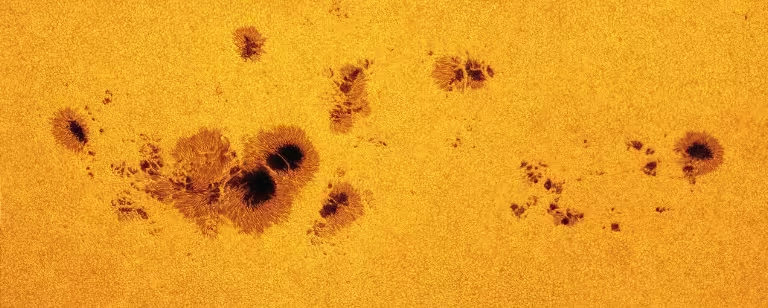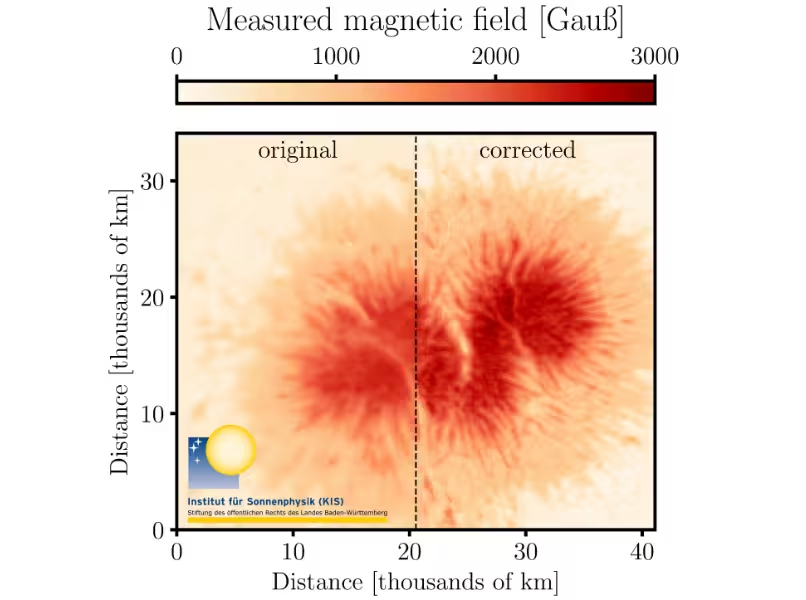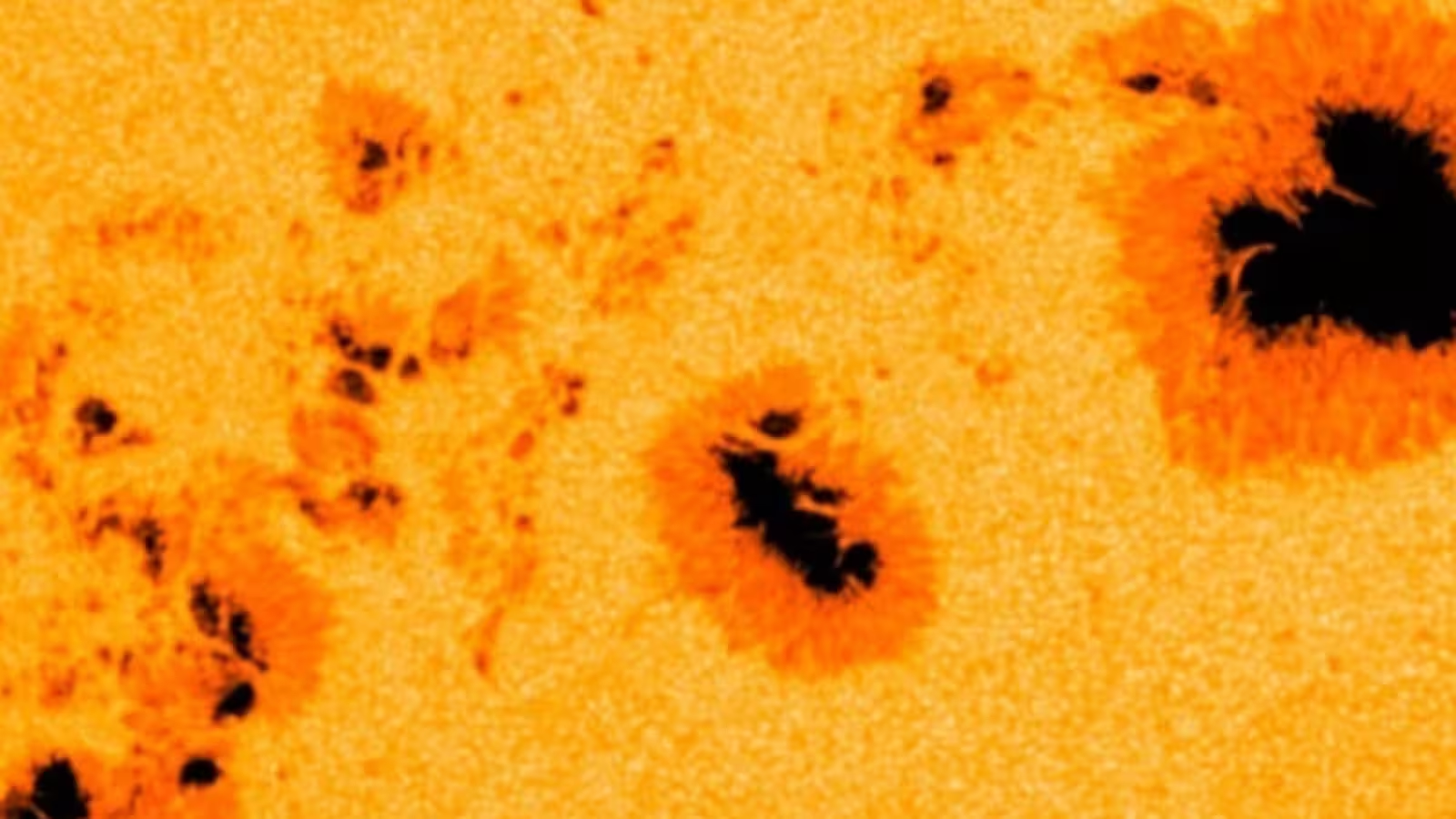4 Minutes
Sunspots: A Historic Puzzle in Solar Physics
For over four centuries, sunspots—dark, cooler patches on the Sun's surface—have inspired curiosity and debate among astronomers. Since Galileo Galilei first documented them through a telescope in the early 17th century, these features have been recognized as dynamic, sometimes persisting for weeks or even months. Yet, one question has remained: what allows these immense solar blemishes to survive the Sun’s intense turbulence for such long periods?
Revolutionary Advances in Sunspot Analysis
Recent research published in Astronomy & Astrophysics has delivered a breakthrough, finally resolving this age-old enigma. An international consortium of solar physicists, led by experts from the Institute of Solar Physics in Germany, has devised a novel methodology to investigate the stability of sunspots. This approach unveils the intricate balance that maintains these magnetic structures on the Sun.

The Nature of Sunspots
Sunspots are vast regions saturated with magnetic fields—so strong that, if transplanted to Earth, they would rival the intensity inside an MRI scanner. The reason these spots appear dark is their temperature: although still incredibly hot by Earth standards, they are several thousand degrees cooler than the surrounding solar photosphere. Paradoxically, if a sunspot were viewed by itself at the same distance as the Sun, it would glow more brilliantly than the full Moon.
The Solar Cycle and Space Weather Risks
The frequency of sunspots follows a regular 11-year solar cycle, peaking during intervals of maximum solar activity. At these peaks, complex interactions around sunspots can trigger powerful space weather events, including solar flares and coronal mass ejections (CMEs). Such bursts can severely disrupt satellite communications, GPS systems, and—in rare, extreme instances—cause widespread power grid failures on Earth.
Solving the Sunspot Stability Dilemma
A long-standing theory proposes that sunspot longevity is governed by a careful balance between gas pressure and magnetic forces. However, direct confirmation of this equilibrium has been hampered by atmospheric interference, which distorts observations made from telescopes on the ground.
Cutting-Edge Technology Enables Discovery
The research team achieved a significant advance by refining observational techniques originally pioneered at the Max Planck Institute for Solar System Research. By implementing a method that counters the blurring effects of Earth's atmosphere, using the German GREGOR solar telescope, they could examine polarized sunlight with remarkable clarity. This allowed for the most accurate ground-based measurements of sunspot magnetic fields to date, reaching precision levels previously possible only from satellites but at much lower cost.

Key Findings and Implications for Space Weather Prediction
The enhanced analysis revealed that the magnetic fields inside sunspots are exactly counterbalanced by internal pressure forces, maintaining a state of near-perfect equilibrium. This critical discovery explains why sunspots can endure so long, even amidst the Sun’s chaotic plasma environment.
Practical Applications for Modern Technology
Understanding the mechanics of sunspot stability opens new avenues for predicting when these solar features might destabilize, potentially unleashing hazardous solar storms. Improved forecasting could bolster protections for satellites, power infrastructure, and astronauts—necessities for an increasingly technology-dependent civilization.
Conclusion
This landmark study not only settles one of astronomy’s most persistent mysteries, but also bridges the gap between advanced ground-based observation and solar modeling. By clarifying the physics governing sunspot formation and resilience, researchers are paving the way for more accurate space weather forecasting—an essential defense as our world becomes ever more reliant on space-based technologies and grid networks.



Comments